Rheumatoid Arthritis (RA) is a chronic, painful and disabling autoimmune disease affecting 1% of the Indian population. It can affect any joint in the body. It causes swelling and damage to the cartilage and bone around the joint. It is a systemic disease which means that it can affect the whole body and internal organs (although this is not the case for everyone with RA) such as the lungs, heart and eyes. This disease affects people of any age, including children and is three times more common in female than males.
Image 1
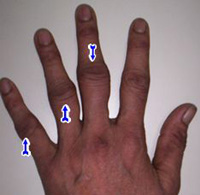
Image 2
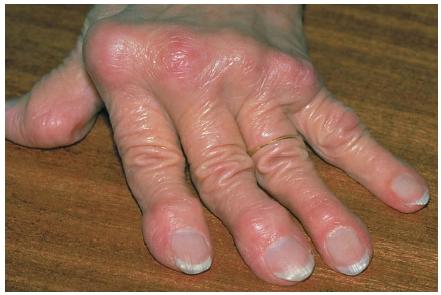
“Why me?” is a common question by someone who develops rheumatoid arthritis. The exact answer for this question is not known. Smoking, both active and passive, is undoubtedly a very important cause. In the last decade, research has shown that lot of genes are associated with rheumatoid arthritis and RA may run in families.
The diagnosis of early RA is a very difficult. If you have these symptoms you should contact your rheumatologist immediately. Swelling of many joints along with stiffness in the joints, particularly in the morning hours is a very troublesome for these patients.
The diagnosis of early RA is a very difficult. If you have these symptoms you should contact your rheumatologist immediately. Swelling of many joints along with stiffness in the joints, particularly in the morning hours is a very troublesome for these patients.
Normally the synovium (green) which lines a joint is very thin. In rheumatoid arthritis this lining becomes thick and starts destroying the cartilage, which lines the ends of bones. The defects in cartilage caused by these cells are called erosions If this process is not controlled early it results in destruction of the joint.
Organs other than joints can be affected in rheumatoid
Other parts of the body can get affected: (not affected in everyone with RA)
Image 1
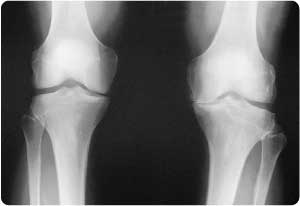
Image 2
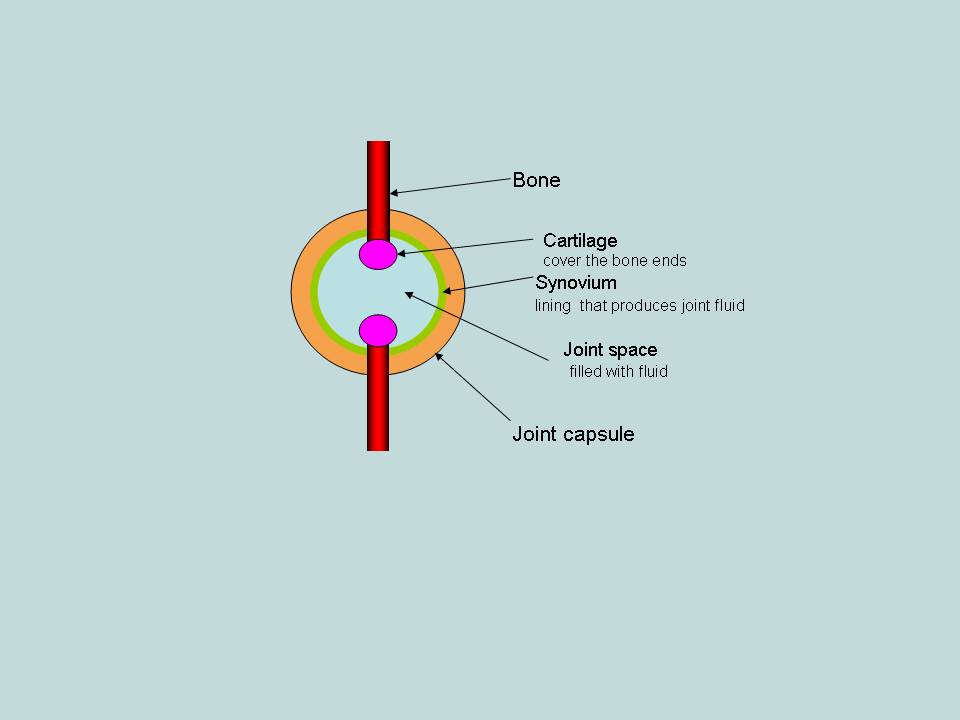
Image 3
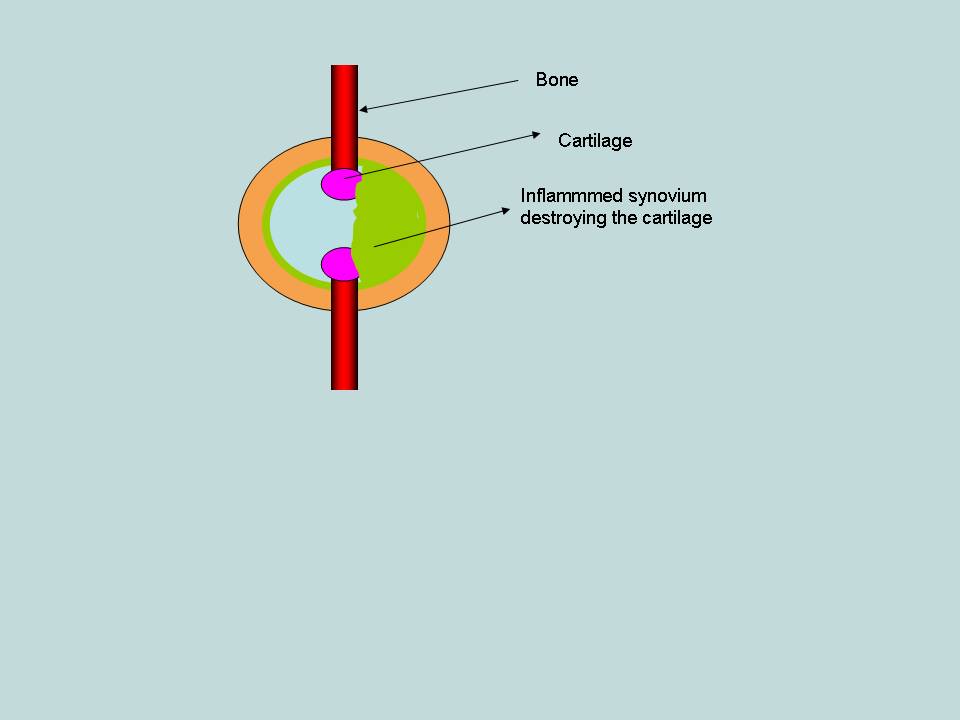
Image 4
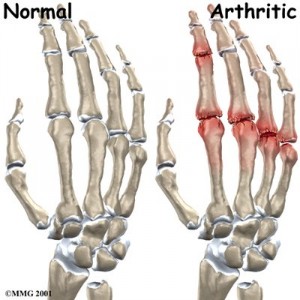
There is no single diagnostic test that you can take which can give you an immediate definite diagnosis. It is a ‘clinical’ diagnosis, which means that apart from taking a detailed history and examining your doctor has to do a few blood tests and X-rays before making a diagnosis. Most important of these are:
Arthritis can be manifestation of more than 150 different diseases. The list of conditions varies from mild viral infection to joint destroying rheumatoid and got to dangerous, potentially lethal diseases like SLE and Vasculitis. Each of this disease has different treatment based on the seriousness of the condition. Some of these have exactly opposite treatments. The bottom line is that “All the arthritis are not rheumatoid”.A specialist can make a correct diagnosis and give you the right treatment. Failure to make a right diagnosis may cost you your joint or even life.
In rheumatoid arthritis, cartilage is being destroyed. Delay in initiating appropriate treatment can result in the destruction of cartilage. It has been shown in latest research that more than 80% of patient develops erosions (defects in cartilage) by the end of one year. Once the cartilage is destroyed it cannot be regenerated fully. So in rheumatoid “time is cartilage”. So, it is essential not only to make a right diagnosis, but also to start treatment as early as possible.
Importance of treating even if it is late
Even after many years of disease the rheumatoid patients have ongoing pain, swelling and destruction in their joints. Moreover, in late stages of the disease, there is more chance that other organs in your body may get affected. So it is essential that you get the right treatment even if it is late. The bottom line is “It is better to be late than never.”
Image 1
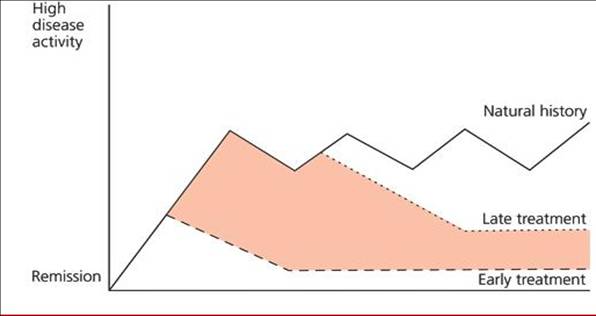
Image 2
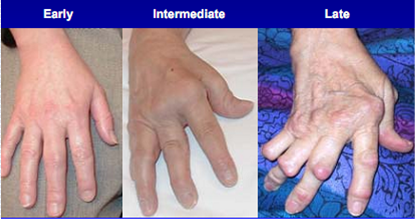
The understanding of rheumatoid arthritis has improved vastly in last 10 years, and there are now many effective treatments available. Most of it is cheap and is affordable to most of the Indians. With these drugs majority of patients get better relief and joint damage can be prevented. The initial treatment options are DMARDS (Disease Modifying Anti-Rheumatic Drugs). The most important of these drugs is Methotrexate. Once these drugs fail, which happens only in a few patients, newer agents like Biologicals (Eg: Infliximab, RItuximab) are used.
It is a misconception that management of RA is with steroids. Till 1980s steroids where the first line treatment in rheumatoid arthritis. Thanks to modern day management strategies the use of steroids in RA has decreased tremendously. If we use the right drug in correct doses the use of steroid can be easily avoided.
If the disease is diagnosed early and well controlled with drugs, these patients can have a normal life as any other individual.
Biologics are a new class of drugs that have been used for more than one decade. As already told rheumatoid arthritis is an autoimmune disease which means the immune system attacks the person. Some time back we used to suppress the whole of the immune system to protect the joint as we did not have methods to block harmful molecules alone. The problem with this approach was that the as we have suppressed the whole of the immune system, there is a higher risk of infection. By the advent biological it has become possible to block the specific molecules responsible for the inflammation of the joints. For example, TNF is a molecule which is responsible for inflammation of the joint. By giving Anti TNF molecules we can eliminate the effects of the TNF alone and the rest of the immune system is free to fight against the infection. Currently there are 5 biologic medicines available in India. The advent of biologic medicines is a major advancement in the field of Rheumatology and the work in this direction is still ongoing so that better and better biologists are being developed.